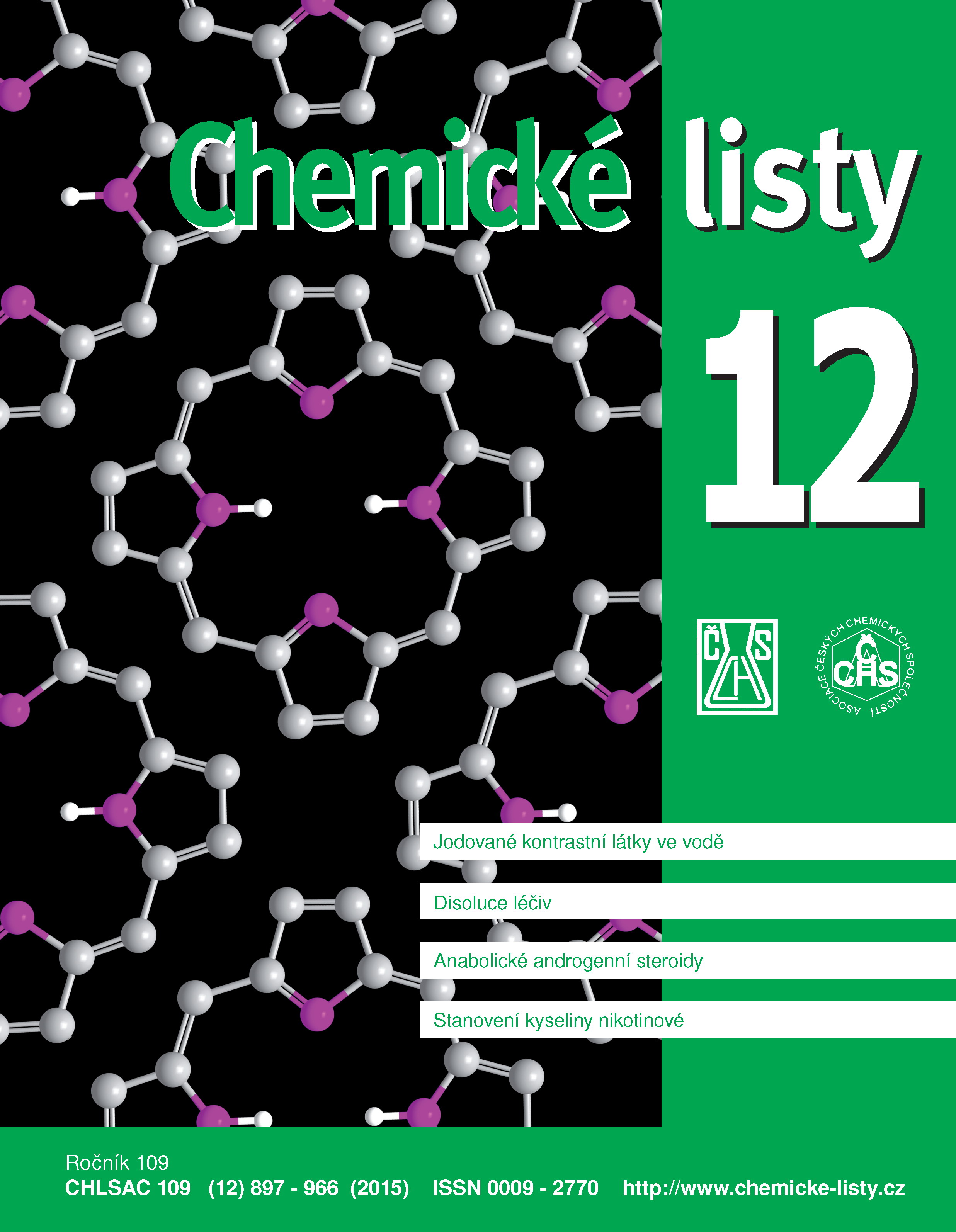G-quadruplexes in Human Telomeric Region and Their Therapeutic Potential
Keywords:
G-quadruplex, telomeres, cancerAbstract
G-quadruplexes are types of secondary structures of nucleic acids, which are formed in guanine-rich regions. Their existence in vivo was confirmed in promoter regions of some genes and at the end of chromosomes in the telomeric regions. The specific structure of G-quadruplexes is a promising target in cancer treatment. There is a search for small ligands, which could stabilize a specific type of G-quadruplexes. Cancer cells are markedly different from normal cells in the telomeric region: the regions are profoundly shorter. Telomeric regions in cancer cells are prolonged by an enzyme telomerase, while this enzyme is inactive in almost all somatic cells. Stabilization of telomeric G-quadruplex by a specific small ligand induces disruption of a normal protective function of telomers leading to cell damage and its death. This approach could be successful in cancer treatment.





